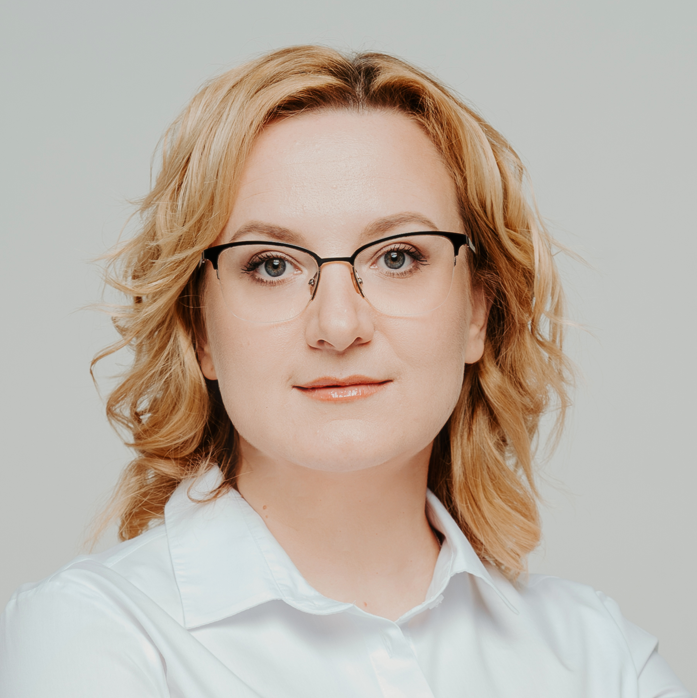Since the start of the full-scale war, Ukraine has been rapidly losing population. While in January 2022, Ukraine had 42 million people, in mid-2024 the population was estimated at 35.8 million. Moreover, under current trends, even if the war ends quickly and victoriously for our country, by 2051 the population of Ukraine will decrease to 25 million.
Such data is contained in the government's demographic development strategy for Ukraine for the period until 2040, which was published at the end of September 2024.
Pessimistic scenario – baseline
In fact, this is not at all a pessimistic scenario that would predict a long war for many years. It is just a sober assessment of existing demographic trends, many of which will not go away even if the war ends quickly. And its prolonged course will only deepen an already not very positive scenario.
The strategy adopted by the government in terms of assessing the current situation looks both very alarming and extremely sober at the same time. It is obvious from it: the state sees very well the existing and potential demographic risks. It understands what consequences for the economy and further prospects of Ukraine large-scale depopulation has. Which not only can happen, but is already being implemented.
I'm not just talking about the obvious top-level risks, like forced migration, increased mortality, and decreased fertility. But also about much deeper things that ultimately lead to the crisis. For example, problems with quality education and access to it in general.
The latter is especially relevant now, when the infrastructure of relatively safe regions of Ukraine has become overburdened due to internal migration processes.
The first rule of the "mother's club" is to first sign up for kindergarten, and then plan for a child.
Of course, I'm exaggerating. But if we're talking about education in terms of demography, we should consider not only institutes and universities. And we should start with high-quality kindergartens, and continue with schools. At the same time, we should think not about walls, but about quality. Together with sufficient financial support for birth from the state, this is perhaps the most important element of the policy of stimulating the birth rate.
Meanwhile, scientists (even the strategy developers do not operate with official data from the State Statistics Service, referring to estimates) are recording a record drop in the fertility rate (the average number of children born to one woman during her lifetime) to 0.9 in 2024.
The American Central Intelligence Agency shocked the world the other day by reporting that Ukraine is the absolute world record holder in mortality and ranks last in birth rate.
Returning migrants: mission accomplished?
The government strategy lists large-scale migration as the first on the list of demographic risks. If we rely on data from border guards, since the beginning of the full-scale war, 3.5 million more Ukrainians have left Ukraine than have returned to their homeland. However, this is most likely a slightly underestimated figure, because in October Eurostat reported 4.1 million beneficiaries of temporary protection in European countries. Together with migration to Russia, whether voluntary or forced, about 5 million Ukrainians are currently abroad.
Returning them to their homeland after the war is one of the state's priority tasks. But the government understands that doing this may not be so easy. Someone will be able to integrate into a new environment for a long period of time, find a job, and after the borders open, even encourage their husbands to move from Ukraine. Someone will have a new family, and unfortunately, there are already a lot of such cases.
And it is very sad that the government strategy does not actually contain any really effective proposals that could stimulate the return of forced migrants. The problems here are understood perfectly well: such families need housing and work, basic communal and social services, kindergartens and schools. But the strategy offers almost nothing concrete, outlining the tasks only in general phrases: to facilitate return, reduce the outflow, strengthen communication.
One might object: this is just a strategy, and by definition it cannot contain a specific plan of action. But this is not entirely true, as the document also contains much more detailed proposals.
"It is necessary to develop institutional tools to quickly identify and respond to the problems of Ukrainians in other countries, in order to strengthen the feeling that Ukraine as a state will always and in any situation protect the interests of its citizens anywhere", the strategy rightly states.
The government also understands the need to work with education: "the introduction of modern training programs that meet the needs of the labor market and global trends will allow young Ukrainians to acquire competitive skills and remain in Ukraine, realizing the prospects for professional growth".
At the same time, the strategy does not mention the pressing problems of modern Ukrainian schoolchildren living abroad and still trying to study in two schools at the same time, or the issue of their integration into the Ukrainian educational environment after returning to Ukraine.
Homeland is mother
I don't want to criticize the aforementioned strategy without reason. It's good that the state is thinking about such important issues in principle, understands the issues down to the smallest detail, and wants to move in the right direction. However, sometimes it lacks banal humanity.
It would be great if the country treated its citizens like children. To the little ones - like little ones, giving them maximum care, support and opportunities. And to adults, like adults. Supporting with wise advice, helping with experience, in return receiving financial support from their children in the form of taxes, willingness to collectively restore a roof that was blown away by a hurricane. Ukrainians know how to do this like few others in the world. And they are rightly proud of this ability.
Thus, the state's attitude is important not only for migrants to return from European countries to their homeland. But also for society within the country to not create a toxic atmosphere towards these same migrants. Because every time society starts discussing the topic of introducing some restrictions or prohibitions for Ukrainians abroad, the distance between the former and the latter grows.
This is not fiction. In March of this year, in an interview with Glavkom, KIIS Director General Volodymyr Paniotto noted: “Ukrainians treat those compatriots (and especially men) who left abroad with the start of the full-scale invasion worse than they treat internally displaced persons. Regarding the former, there is a perception that “they are enjoying life in Europe, and we are suffering here.” This may later be one of the reasons for their non-return.”
Of course, there are different cases. But one should not draw conclusions about millions based on one or two examples. If only we really want refugees to return to Ukraine. And wanting this is beneficial for everyone. Because the demographic desert poses an extremely serious danger to the country and its economy.










